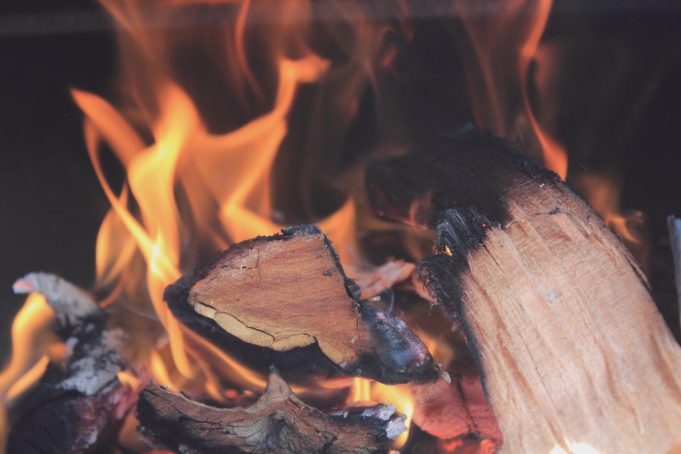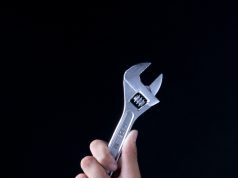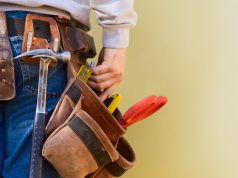It is impossible to overstate the value of kindling when using firewood for heating. Although often overlooked, kindling is crucial to starting and sustaining a fire and provides the foundation for efficient combustion and long-lasting warmth. The value of kindling, its benefits, and practical applications for using it to raise the effectiveness of your wood-burning heating system will all be covered in this article.
What is Kindling?
Kindling is a term used to describe small, easily ignited materials that are used to start larger pieces of firewood. Usually, it is composed of thin pieces of wood, dry twigs, or sparse branches. Kindling plays a critical role in the ignition process by generating a hot flame quickly enough to ignite the larger logs.
The Importance of Kindling
- Kindling is used as the primary fuel source for the initial ignition of a fire. It burns quickly due to its high surface area and small size, which makes it highly flammable. Kindling contributes to the establishment of a strong flame that can ignite larger logs and sustain the fire by offering a material that is easily ignited.
- Energy Efficient: Your wood-fueled heating system’s overall energy efficiency can be greatly improved by using kindling wisely. A hot, intense flame produced by properly lit kindling aids in quickly raising the temperature inside the firebox. As a result, the larger logs burn cleaner and more effectively, producing more heat and using less energy overall.
- Reduced Smoke and Emissions: A fire that begins with well-ignited kindling burns more cleanly and produces fewer harmful emissions. Lack of kindling is a common cause of incomplete combustion, which can lead to smokey fires and the release of airborne pollutants. You can reduce smoke production and improve air quality by making sure an ignition is strong and effective and has enough kindling.
Using Kindling Effectively
To make the most of your kindling, consider the following tips:
- Dryness: For a quick and effective ignition, make sure your kindling is dry. Kindling that is wet or damp can have trouble igniting and result in smoldering fires. To ensure peak performance, store your kindling in a dry area or use dry kindling products that are readily available in stores.
- Size and Thickness: Collect kindling in a variety of sizes, from tiny twigs to slightly thicker branches. This variety helps create a layered structure when arranging the kindling, which enhances airflow and ignition. Start with smaller, finer pieces and gradually add thicker pieces as the fire grows.
- For effective combustion, arrange the kindling in a loose, crisscross pattern to allow for airflow. This configuration enables oxygen to enter the flames from a variety of angles, improving ignition and extending burning time.
- Gradual Addition: As the fire grows and spreads, add larger pieces of firewood. This smooth transition from the kindling’s initial flame to the steady burning of larger logs is ensured by this methodical progression.
Conclusion
When using firewood to heat a home, kindling is essential to achieving effective combustion and long-lasting warmth. Kindling facilitates quick ignition and encourages cleaner burns, lowering smoke and emissions by offering an easily ignitable fuel source. Your wood-fueled heating system will burn kindling that has been properly prepared and arranged, which improves energy efficiency and ensures better firewood utilization. Therefore, keep in mind that kindling is an important part of your firewood-burning efforts because it serves as the ignition, allowing you to enjoy cozy warmth while reducing your impact on the environment.














